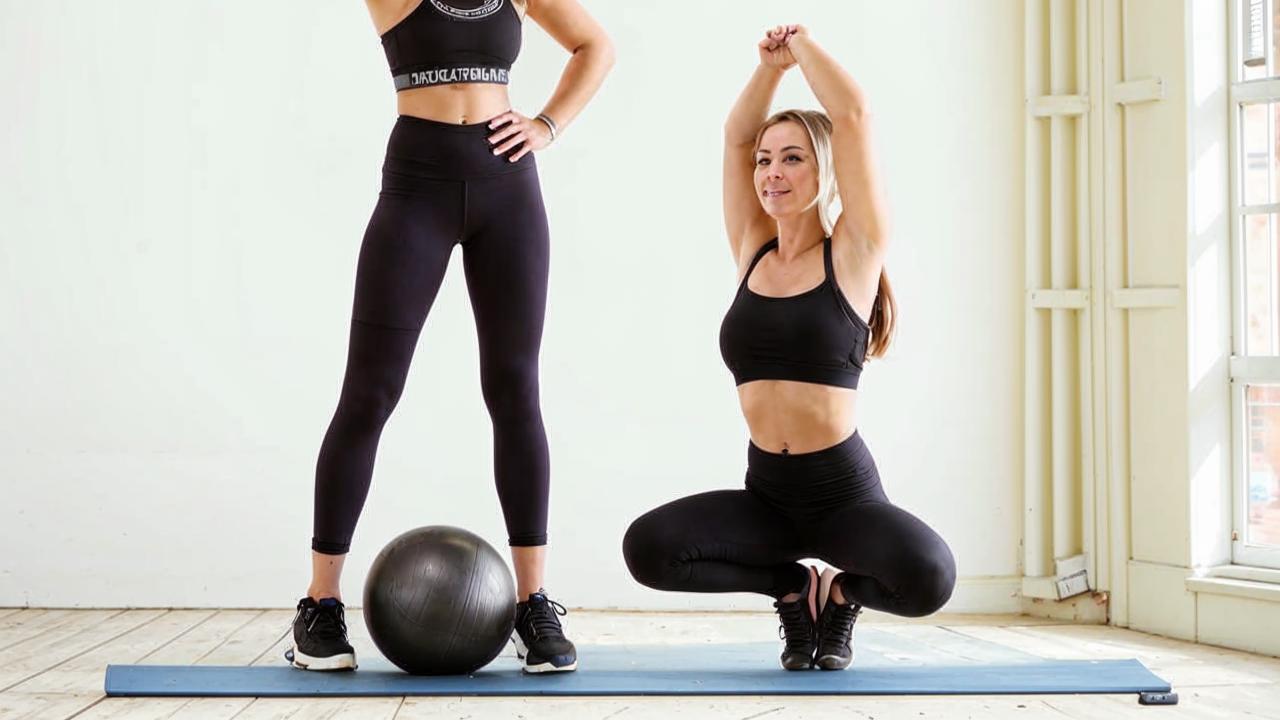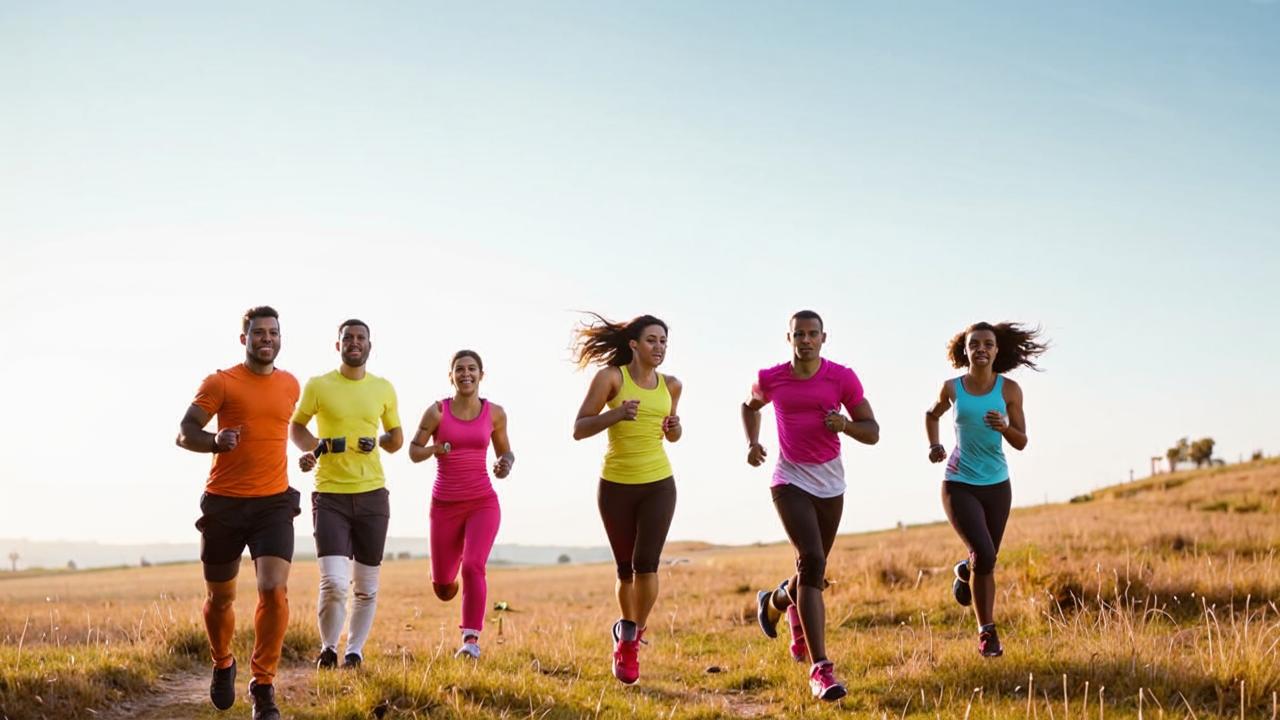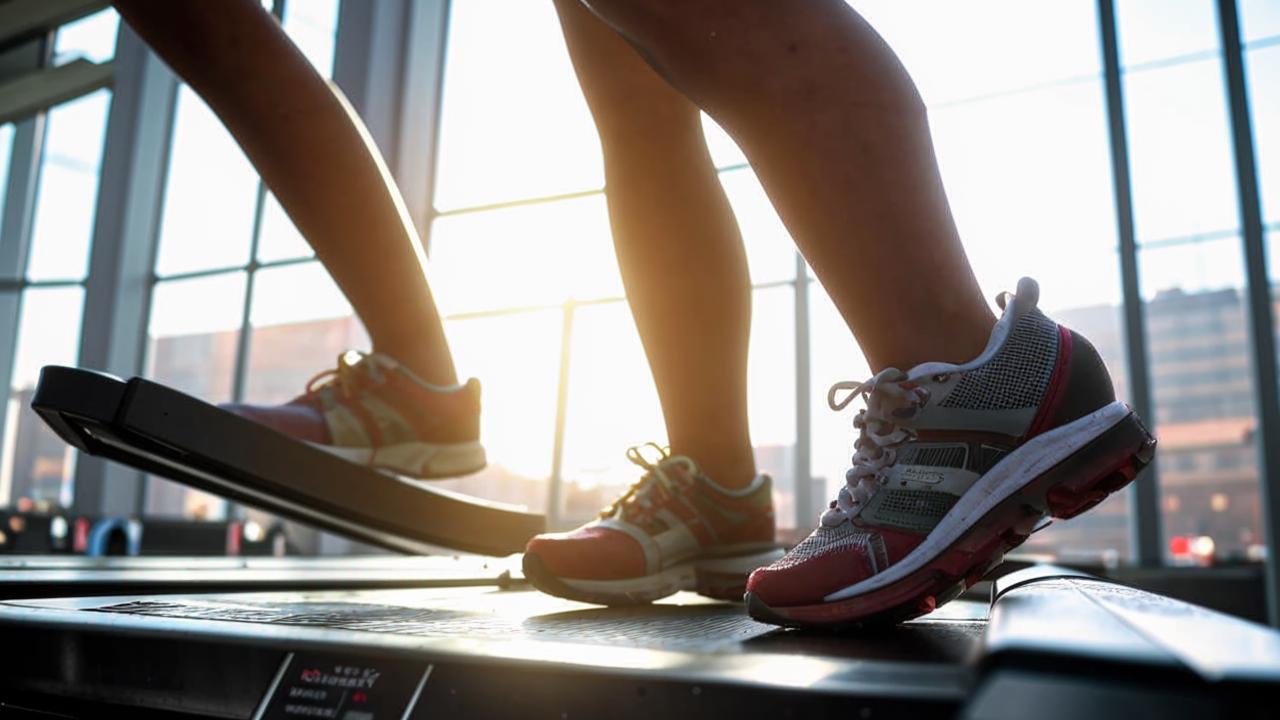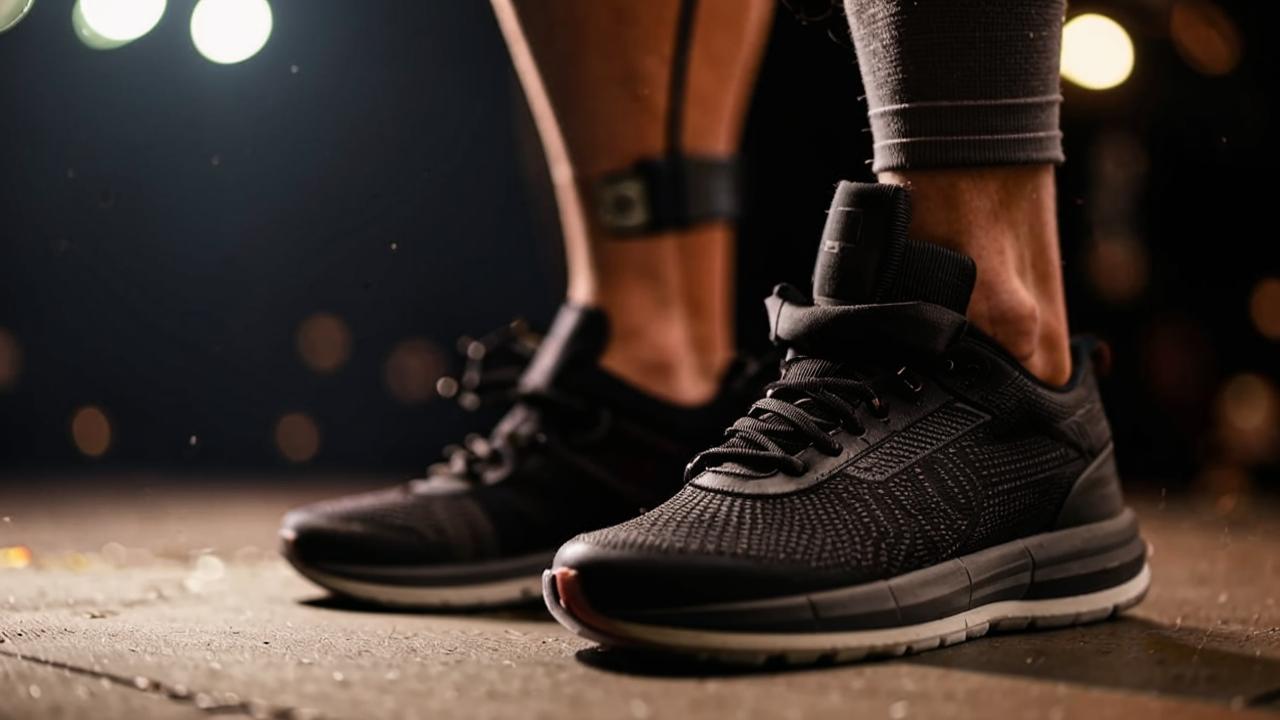The toe lift is a unique exercise from every angle. You can perform it whenever and wherever you want, it is very useful for blood circulation and pumping leg muscles. And everyone can and should perform it: it will perfectly fit into the training process of anyone, from a beginner to a professional bodybuilder.

FitStars fitness trainer
“The toe-up is an exercise aimed at working the triceps muscle of the lower leg, which includes the calf and flounder muscles. They are responsible for plantar flexion of the foot in the ankle joint”.
Let’s familiarize ourselves with the exercise
The toe lift will seem simple to many people, and if you do it as a regular exercise and do not do very many repetitions, it will indeed be so. But it is a type of exercise that requires a slightly different approach. It must be performed literally to the burning in the muscles, only then there will be progress.
By the name of the exercise, it is easy to guess how to perform it. In fact, you need to do only one simple movement. But even such a seemingly simple element requires proper attention. It is important to take into account several important nuances that will make the training process more useful and comfortable. We will talk about them now.
How to perform the exercise correctly?
The exercise “lifting on the toes” can be performed both on a special simulator and without its use. First, let’s talk about the first option.
Lift on the toes in the simulator
Tehnika
- At the bottom of the simulator there is a bar, on which you need to stand on half a foot.
- At the top there are “cushions” connected by a cable through the system of blocks with weighting, they should be placed on your shoulders.
- Place your hands on the special handles in front of you.
- Straighten your knees so that you are in a standing position.
- Next, you need to stretch the muscle, lowering the heel as far down as possible.
- Then smoothly rise on your toes, maximizing the tension of the calf muscles.
- The torso should remain vertical – there is no movement in the knees and hip joints.
- On the exertion make an exhalation, on the lowering – inhale.
Now let’s discuss the classic version of the exercise, which you can repeat at home without any equipment.
Mikhail Prygunov: The movement is performed smoothly, under control, without sudden movements, with emphasized deceleration on the negative phase, i.e. on the lowering. Perform it a little slower, and lift a little faster.

Lift on the toes
Tehnika
- Stand up straight, with your feet shoulder width apart.
- You can place your hands in front of your chest or on your lower back to keep your balance.
- Slowly rise up on your toes, contracting your calf muscles.
- Hold at the top for a second, concentrating on contracting and holding the muscles.
- Slowly lower to your heels, stretching your calf muscles.

DDX Fitness master trainer
“Proper breathing during the exercise will help you focus on working your muscles and ensure optimal movement. It is recommended that you consult with a doctor or trainer before beginning your workouts, especially if you have foot, back or joint problems. Listen carefully to your body and do not perform the exercise if you feel pain or discomfort. Avoid performing toe raises on an unstable surface to avoid injury and loss of balance”
What muscles are worked in this exercise
This exercise uses the triceps muscle of the lower leg, which consists of the calf muscle and the fibula. The calf muscle has two bundles – lateral and medial. The Cambaloid muscle is located in the more inner layer below the calf muscle. These muscles are responsible for toe raising or flexing the foot at the ankle joint.

Progression and variations of the exercise
Progression is an improvement in strength and endurance. The more we can overcome the weight of the load, the more we progress in the strength component. The longer we stay under load with the same weight, the greater the progression of endurance. Both are important when working these muscles.
Why do people train the calves? These muscles are more often loaded to change their appearance. It happens that the calf muscles have insufficient volume (they look disproportionate or too thin in the shin area), so you want to increase their volume and make them more athletic and aesthetic.
Ivan Ivanov: I recommend beginners to use only their own body weight, so as not to overload the muscles. Gradually increase the number of repetitions or the time of the exercise. For a more intense load you can use additional weight, for example, dumbbells. A training platform for toe raises will also help to complicate the exercise.

If you don’t have a specialized exercise machine, you can use any bar, Step-platform or step. Place your foot on the elevated position and perform the lift standing on one leg, holding on to a fixed support nearby. Perform the exercise alternately with one leg and then the other.
You can also perform toe raises standing on the floor without using any equipment. In this case, the stretching amplitude will be smaller. But we recommend using an auxiliary elevation to make the exercise more effective.
Mikhail Prygunov: The exercise can be performed on a Smith machine, which is a barbell fixed on rails that moves only vertically up and down. Here you can also put a Step-platform or barbell pancakes, stand on them on half a foot, get under the barbell, place it on your shoulders and perform toe lifts with this barbell.
Training tips
Perform toe raises comprehensively during or after your workout. The leg muscles that this exercise pumps are very strong, so repetitions should be more than 20. The calf muscles are always involved in all movements when a person is on his feet: walking, running, climbing stairs. Therefore, to load them somehow, you need to do more repetitions with a fairly significant weight of the load.
Ideally, perform five approaches. The range of repetitions – from 20 to 30, and you need to perform them until failure, until the appearance of strong burning in the muscles.

Training should be safe
To avoid unwanted injuries, perform an ankle warm-up. Do not take a heavy weight at once. Perform several warm-up exercises with a light weight, increasing the weight gradually from one exercise to the next. To minimize the risk of injury, do not make sudden movements during the exercise. And remember, warming up will not only keep you from injury, but will also improve your performance during the workout. So at least 15-20 minutes of warming up is a must.






